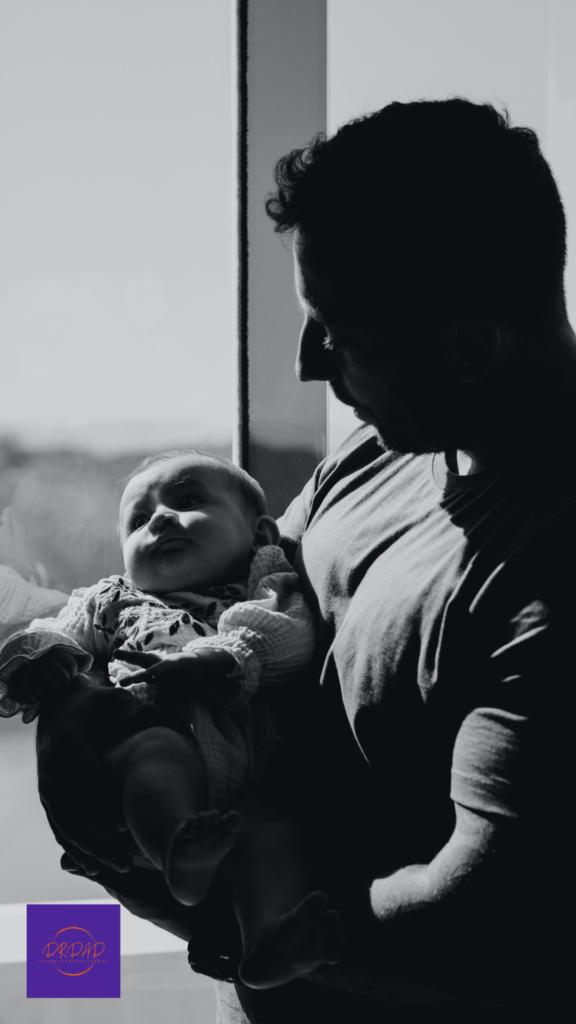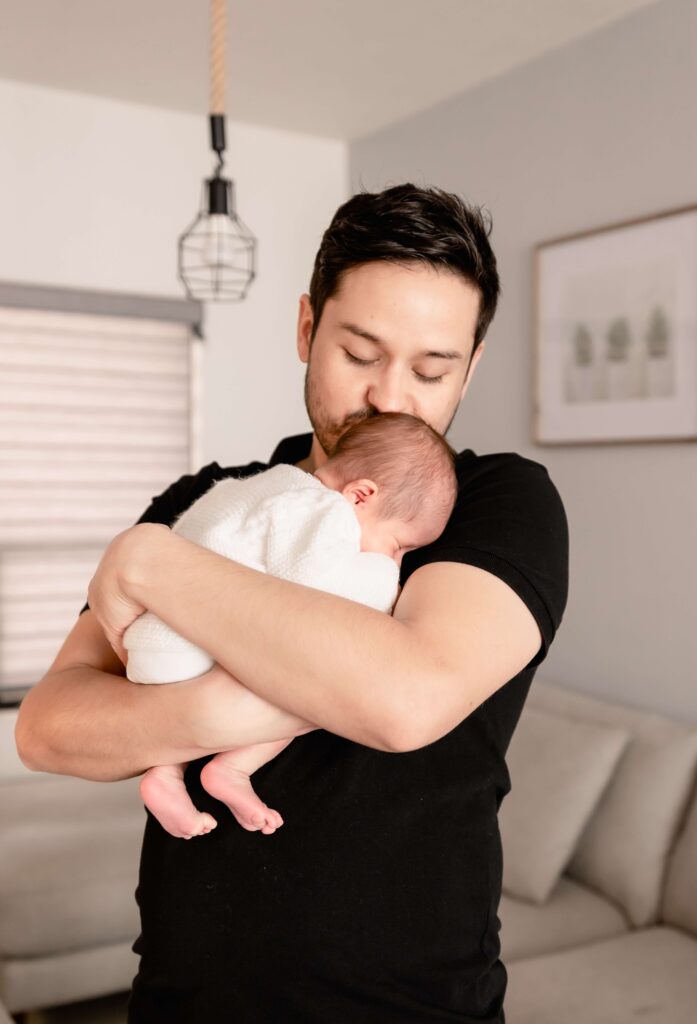The handling techniques are mainly designed to teach how to handle a baby correctly. Babies can have a proper understanding of their bodies and they can adjust to it if the parents and caregivers pick up and carry the baby properly.
Your infant doesn’t have proper body awareness from the beginning of their life. So the babies are trying to read the hands of their carer and handler.
Handling is a term that comes from a particular therapy concept. That term means “use your hands always”.But in another way, it also includes the use of your whole body. If the parents can handle their baby by using their hands in all kinds of situations of daily life, they can influence the child’s movements and reactions properly.
By doing this thing properly you can facilitate feeding, communication, and play. Also, it can help carry and pick the child up for transfer purposes. So proper handling in daily life is very much helpful for the child’s development.
The conditions like cerebral palsy, the kids miss a lot of purposeful skilled movements. They also have problems with development. they also have a lot of problems with perception and other issues.
They don’t have a clear idea about the body as they are restricted to a movement experience. So this will alter the perceptual experience of their own body.
The perception ability of cerebral palsy children is different. The awareness of the body of cerebral palsy is developed in a different way as restricted movement experiences lead to different feedback.
Table of Contents
Aims of handling
By handling we can teach the child about the different ways of movements. Those are helped to various skills and that will enable the making of new experiences. Then the child can participate in the day-to-day activities as much as possible.
By handling we can influence the child’s muscle tone. When the muscle tone is very low, we can increase the muscle tone. If the child has increased muscle tone, we can reduce the tone by handling them.
If the range of motion of a child’s limbs is limited, it is highly vulnerable to contractures and deformities. So we can reduce the contractures and deformities by handling.
As an example, by handling we can reduce the muscle tone of a hypertonic baby and facilitate movements, which the child wouldn’t be able to do on his own. Same as a child with low muscle tone, we can try up the tone with handling and give more stability. So finally when handling we want to make the child’s movements easier for them.

The proper method of handling
The parents need to take away their support as soon as possible while handling this. As long as the parent is holding and moving the child’s body, the parents themselves basically do the movement.
This can be a good experience for the child. But it is a more passive experience and the child won’t learn theirown experiences by himself. So let the child learn the movement by doing it by themselves. Also, try to relate the movement to a certain task.
The parent’s handling has to be functional. It is a very important thing. The final aim is to encourage the child to move their body parts actively without help. So try to take away the parent’s hands when they are assisting the movements of the kid.
Principles of handling.
When you are going to handle the child, you always need to tell the baby that you are going to do it. Also, try to find out the ways that the child is able to understand and express their feelings to you. Then adapt your hands to the child. This is a gradual procedure and it takes time to master the skill.
So do the handling slowly with your kids. Give them enough time to adapt and react. After that parents need to feel and observe the reactions of the child and change their handling accordingly. Don’t provoke the pain.
Your child might complain about new positions, postures, and movements. But they should never feel the pain. Parents need to convert these experiences into pleasurable experiences with their kids.
The handling activity has to be purposeful and the child has to be aware of the purposes. Dear parents, you need to integrate the handling activity with the day-to-day activities. You can give the child the opportunity to practice what you want him to learn.
Parents can use their hands to support as little as possible and as much as necessary. Always don’t hesitate to encourage the independence of the child.

How to handle children with hypotonia-
( lower muscle tone )
The mother needs to clear her stimulation. It should be clear and firm handling. The handling has to secure the position of the joints, preventing dislocations. When handling, parents need to work more proximally with their babies. It is very much important to stabilize the baby’s trunk.
Mother needs to identify the activating positions of their child and try to change them frequently. Give your baby a soft smooth and clear voice while handling. Think about your voice more and more and intonation is very important.
When you address your baby, the voice should be activating, and encouraging. Mom needs to give her enough time for her child to react to her stimulation.
How to handle your child with hypertonus ( Increased muscle tone)
Again mom needs to be sensitive with her handling. She needs to avoid strong sensory inputs such as loud noises, strong light, quick movements, and quick/strong or pointed touch. Start speaking calmly with your child.
Mother needs to give their child time to react to their stimulations. Gradually changes of positions can be allowed with careful slow movements. Give your child more mobility by allowing them many reactions.
Finally, it is important to understand, the changing of predominant patterns of movements and tone can be influenced by handling techniques.
How to handle your child to facilitate the functions.
To facilitate the functions, mothers need to introduce and encourage different ways of movement. That will increase the child’s skill repertoire. Secondly, it will allow the child to make new experiences.
By doing this kind of thing you can see the child’s improvement in participating in day-to-day activities. When you facilitate the functions of your kid, it automatically influences the muscle tone. then it increases when the tone is low and it reduces when the muscle tone is too high.
Encouraging the functions will increase the range of movements to prevent contractures and deformities. Handling a child with cerebral palsy should be used in all situations in daily life. Moms need to work on the above aims, which means the handling has to be different for each other for each child, according to his/her needs.
Method of facilitating the functions.
With the handling techniques, the parents can facilitate the functions, Most of those functions can not be performed by the child himself. Applying the principles of handling, parents can facilitate the functions.

The correct way of picking up a child
This is one of the most often used daily activities is to pick up the child from a lying position and lie him down again. This activity is an excellent occasion for the parents and the carer to achieve the above aims of handling.
Children with cerebral palsy have tone abnormalities and one of the main features is the lack of rotation. So parents need to influence the tone and they should work on more activities including rotation.
These pictures show a good way for the activity of picking up the child.
Here the parents need to keep the child close to their body. After they adapt their hands to the child. So the occurring movements have to be controlled and altered. Meanwhile, muscle tone can be influenced and controlled.
By doing the correct handling techniques, parents can facilitate and influences the rotation, head control, and some of the activity of the child. The additional movements have to be controlled and altered.
Parents should not give more support than necessary. Their target is to allow as much activity as possible.
Correct posture for function
Parents can facilitate the correct postures for function and encourage play activities. Play is important for the development of each child. With correct handling, parents can facilitate postures to enable play activities during daily activities.
Looking at this correct positioning in the prone position
facilitates and influences vision and perception most of the time. Meanwhile, it maximizes shoulder, arm, and hand activities. Later the child can do head control. So they are able to maintain muscle tone to controlled extension.

